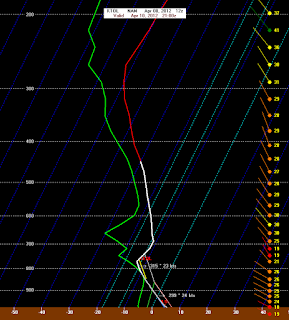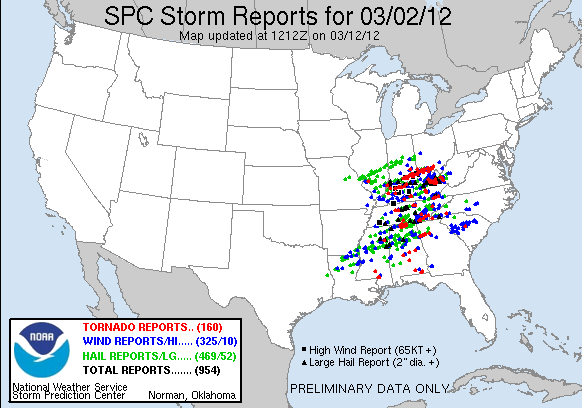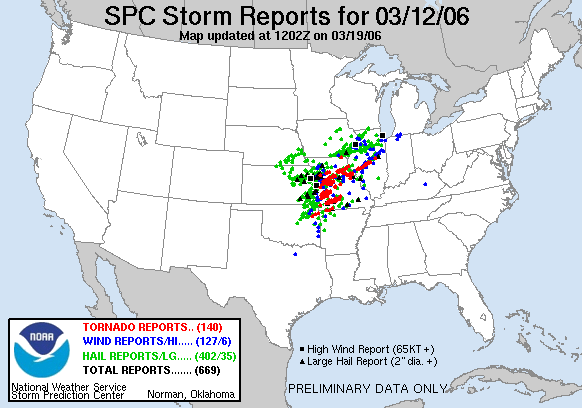The 2012 severe weather season is young. We haven't even hit May, the month the United States traditionally sees the most tornadoes each year. Already this year, twisters have claimed 63 lives and the more staggering statistic: 47 of those killed were in mobile homes.
You read that right....75%
April is coming to an end and May-July is when Northwest Ohio and Southeast Michigan usually see the most severe weather each year. If you live in a mobile home or have family living in a mobile home, there needs to be a plan in place. This post is not intended to scare, it's meant to push families to prepare.
1) Accept you'll be inconvenienced: Severe weather doesn't fit nicely into our schedules. We've had storms in the mid-afternoon and dead of night, there are no biases. Residents of mobile homes need to be prepared to move BEFORE the storm arrives. When a watch is issued, consider moving to your place of shelter immediately. That may mean spending half an hour, an hour, or even several hours away from your mobile home. The important thing to remember is that you must stay put until the threat is over.
I'll be the first to admit, many times a threat will pass without a tornado or destructive winds wrecking havoc on your home in particular. But is it worth taking the chance? No.
If you wait for the storm to arrive, it is too late. With manufactured homes, there simply isn't the option of running to a basement or shelter. You need to be ahead of the storms.
If you wait for the storm to arrive, it is too late. With manufactured homes, there simply isn't the option of running to a basement or shelter. You need to be ahead of the storms.
2) Have a plan in place: Is there a neighborhood shelter at the community you live in? An available church with a basement? A neighbor or close friend with a basement or sturdy structure? Is this a place you can stay for several hours? If no one is home, do you have a back-up location? These are questions the questions you need to ask yoursel, and make sure your whole family knows where to meet in the case of severe weather.
3) Know when severe weather is possible: Preparation means nothing if you aren't tuned-in to the forecast. It's up to you to watch forecast to know when severe weather may occur. Sign up for text message forecasts to be sent to your phone each morning or night from WTOL. Bookmark your favorite weather website. Watch the forecasts regularly on TV. However you like to catch the weather, it doesn't matter. What does matter is that you are informed.
4) Use available tools: If you don't have a weather radio in your home, you need one. Not only do these affordable devices provide day-to-day weather information, but when severe weather is imminent, this little box can become a livesaver. NOAA Weather Radio transmits signals to all programmed radios within range to allow the owner to know where and when a severe risk exists. Lose power? No problem. With a battery back-up, you'll never be left in the dark (so to speak) again.
WTOL FORECAST
WEATHER RADIOS
SEVERE WEATHER BLOG
Myth: Tornadoes target mobile home parks
Fact: "While it may appear tornadoes target mobile home parks, they actually do not. An F1 tornado might do significant damage to a mobile home, and cause minor damage to a site built home -- looking like the tornado "skipped" the house. Mobile homes are, in general, much easier for a tornado to damage and destroy than well-built houses and office buildings. A mobile home, or manufactured home, by definition, is built at a factory and taken to the place they will occupy--so they are much more affordable than a house built on-site. Also, they are often built with lighter-weight materials, which do not hold up well in tornadic winds.
Straight-line winds can also destroy a mobile home as easily as a tornado, especially one that is not anchored. Any wind gust that is sustained for 3 seconds over 50mph can cause damage to mobile homes." -NOAA

































